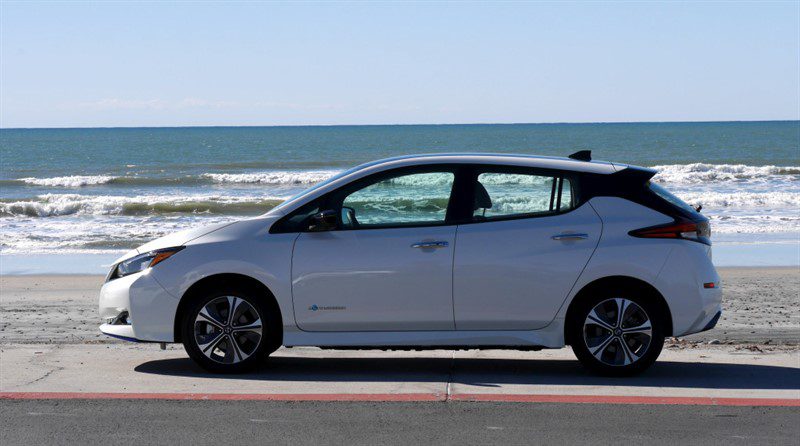
Nissan Leaf ePlus – Electrek Review: Similar to its predecessor, but with a bigger battery
Content
The Electrek portal was asked to test the Nissan Leaf 62 kWh, the Leaf ePlus / e + model. The car has been identified as an update to the current version, that is, the “[old] Leaf with a larger battery," resulting in better driving dynamics and a longer range on a single charge.
The vehicle tested by Electrek (source) is the new Nissan Leaf e+ (2019) with a total battery capacity of 62 kWh and an EPA of 364 km combined. Its torque is 340 Nm, power - 160 kW (218 hp) instead of the previous 110 kW (150 hp).
The car was in the richest version of the SL, which in Poland more or less corresponds to Tekna.
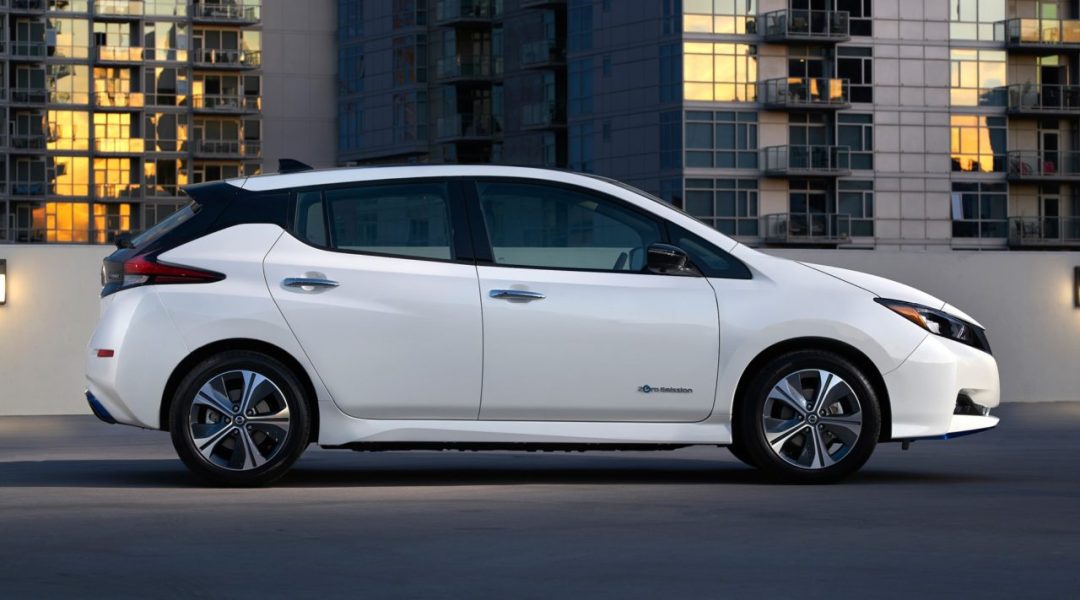
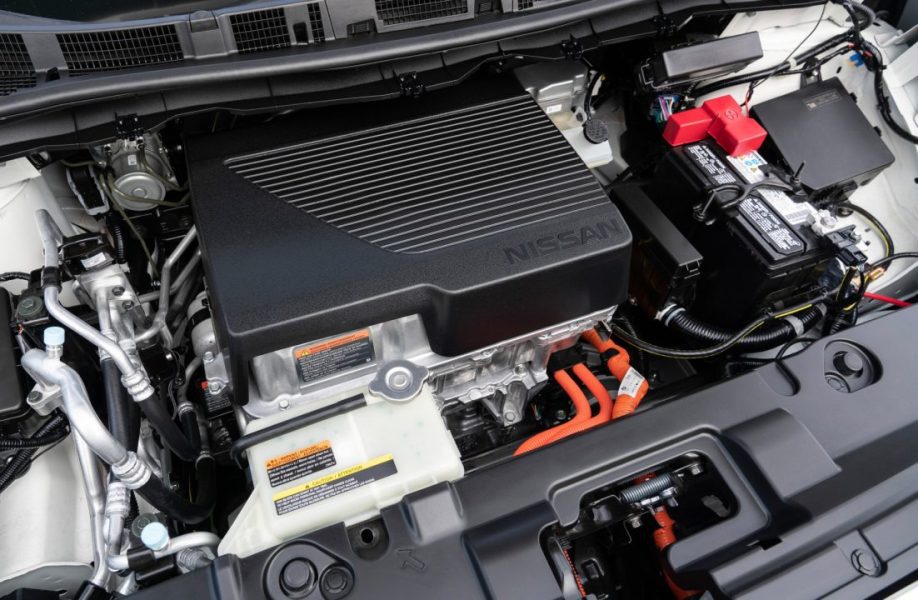
Trip
The best technical parameters of the car are most noticeable during acceleration: a larger battery means more power that can be transferred to the wheels at any time. Even when driving fast.
The Electreka journalist noted that the manufacturer probably did not limit the possibility of a sharp overclocking. Some manufacturers here make electric vehicles similar to internal combustion engines, so the response to pressing the gas pedal is slow and gradual. The leaf reacts immediately and moves forward quickly.
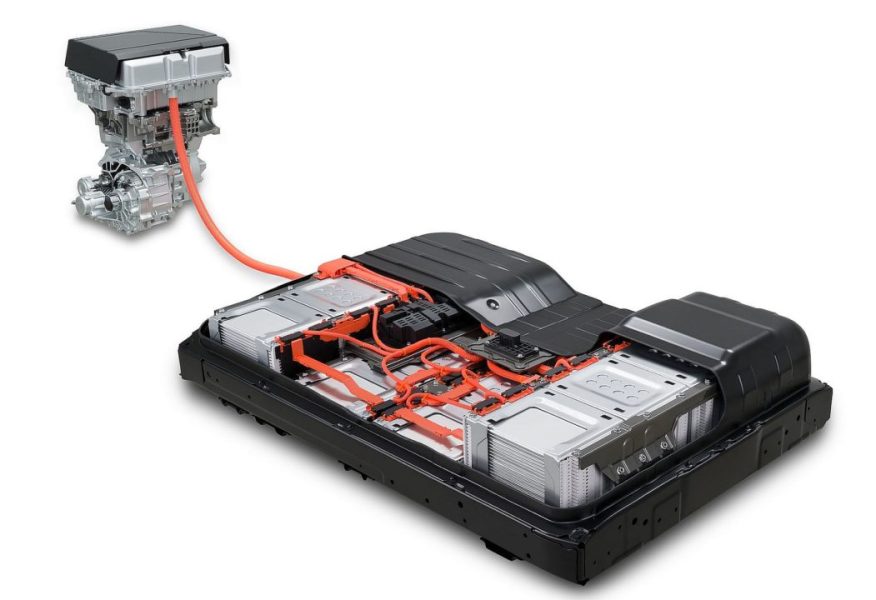
Nissan Leaf battery and transmission. The front of the vehicle is in the upper left corner of illustration (c) Nissan.
Feels more weight in the battery. We will experience it in the corners. And the fact that electric vehicles usually have tires with lower rolling resistance, that is, lower grip, certainly won't help us.
Energy range and consumption
In fast aggressive driving, which was used to test the vehicle's capabilities, the proven Leaf 62 kWh should travel about 290 kilometers on a single charge. The range of the vehicle can be expected to be similar. Under normal driving conditions, the Leaf e + should easily cover 300 kilometers and reach the promised 364 kilometers on battery.
> Electric vehicles with a range of more than 300 km - class C or compact [RATING]
Landing
When charging from a US NEMA 14-50 outlet - the equivalent of a mains outlet but capable of a higher load - the Nissan Leaf should be fully charged in 11,5 hours. On a standard 50 kW Chademo, the car should reach 80 percent power in 60 minutes, on a 100 kW Chademo in 45 minutes.
The manufacturer promises a charging speed of 70 kW, peak - 100 kW. The data above is interesting: it is easy to calculate from them that at 50kW the car should be able to maintain power close to the maximum (49,6kW), but with a charger that supports 100kW, it will be only 66kW.
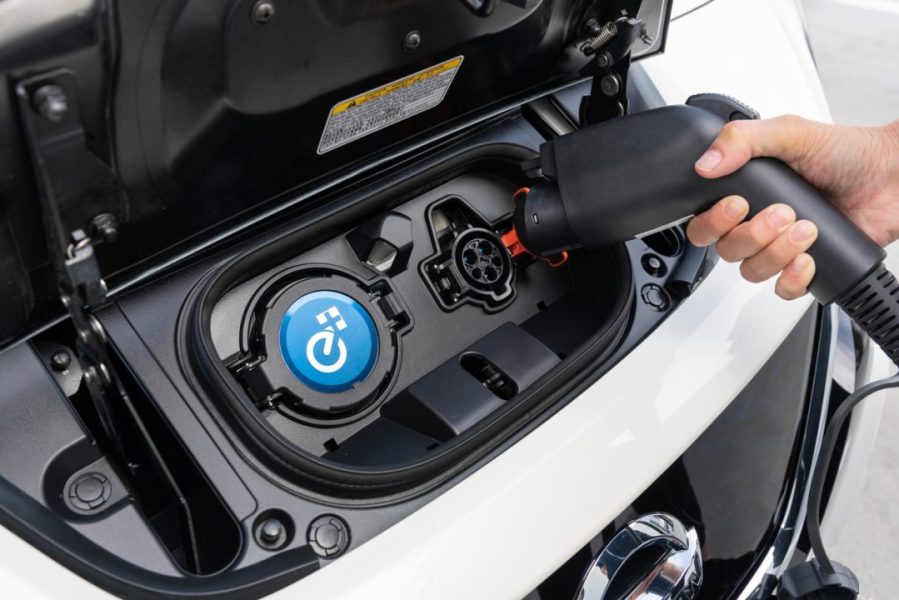
The Nissan Leaf e+ Chademo socket is distinguished by a plug with an "e+" badge. In addition to it, under the cover there is an outlet for charging from the AC mains - in the photo it is Type 1 (c) Nissan.
Battery cooling
The Nissan Leaf e + does not actively cool the battery, although there is information that it has a fan that is activated when charging in standby mode. However, the manufacturer can boast that it has reduced the internal resistance of the system, which should reduce heat generation during battery charging. In this case, the battery will heat up more slowly both during charging and during use.
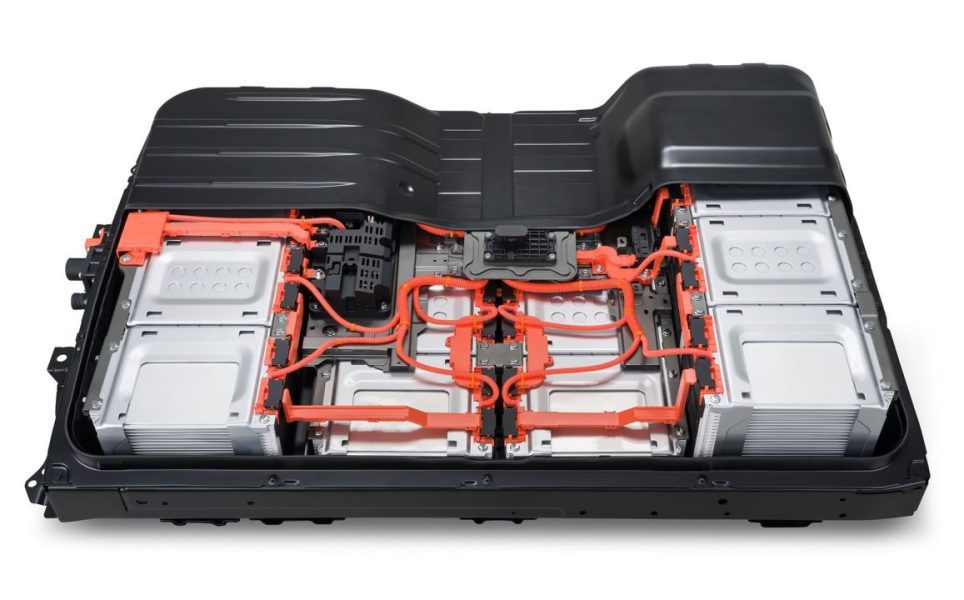
The new Nissan Leaf e + battery is only a few millimeters larger than the previous one, but it still contains 62 cells instead of the previous 40 kWh. The modules in it are tightly packed and the space is said to be better managed (c) Nissan
Infotainment system, communications, new technologies
The multimedia system of the new Nissan Leaf was described as not very successful - fortunately, the car supports Apple CarPlay and Android Auto. What's new is the download of software updates via Wi-Fi, although the article only covers the functions of the multimedia system and maps.
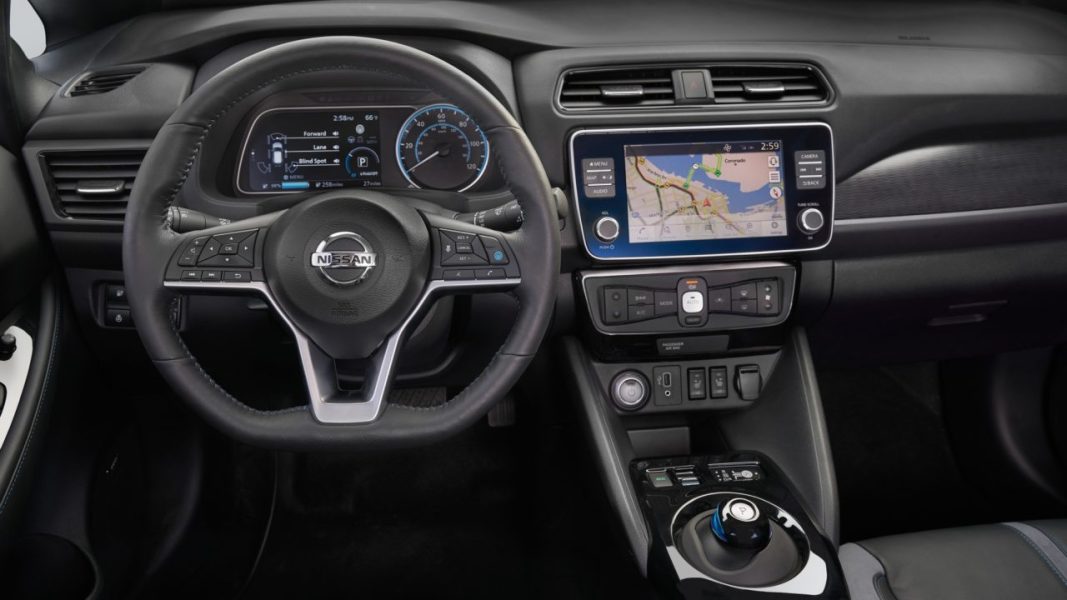
ProPilot was found to be difficult to activate (requires training), but the ability to find the center of a lane and observe other vehicles in the same lane was recognized better than Tesla's autopilot.
Summation
As we mentioned at the beginning, the new Nissan Leaf e + has been recognized as an evolutionary development of the previous version with more range and faster charging, but without compromising on [good] driving comfort.
The car can also be ordered in Poland: the price of the Nissan Leaf e +3 ZERO starts at PLN 201.
> PRICES: Nissan Leaf e + 3.0 is available from PLN 201, Leaf 200 3.0 kWh - PLN 40. How different are they?
This may interest you:
